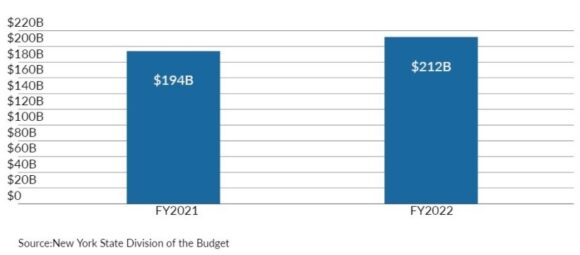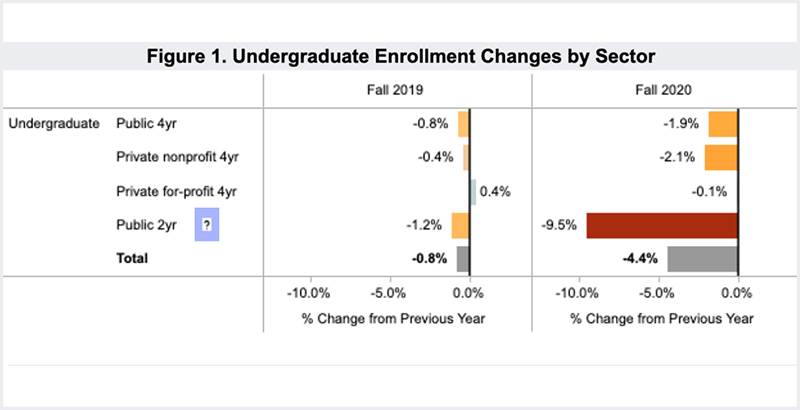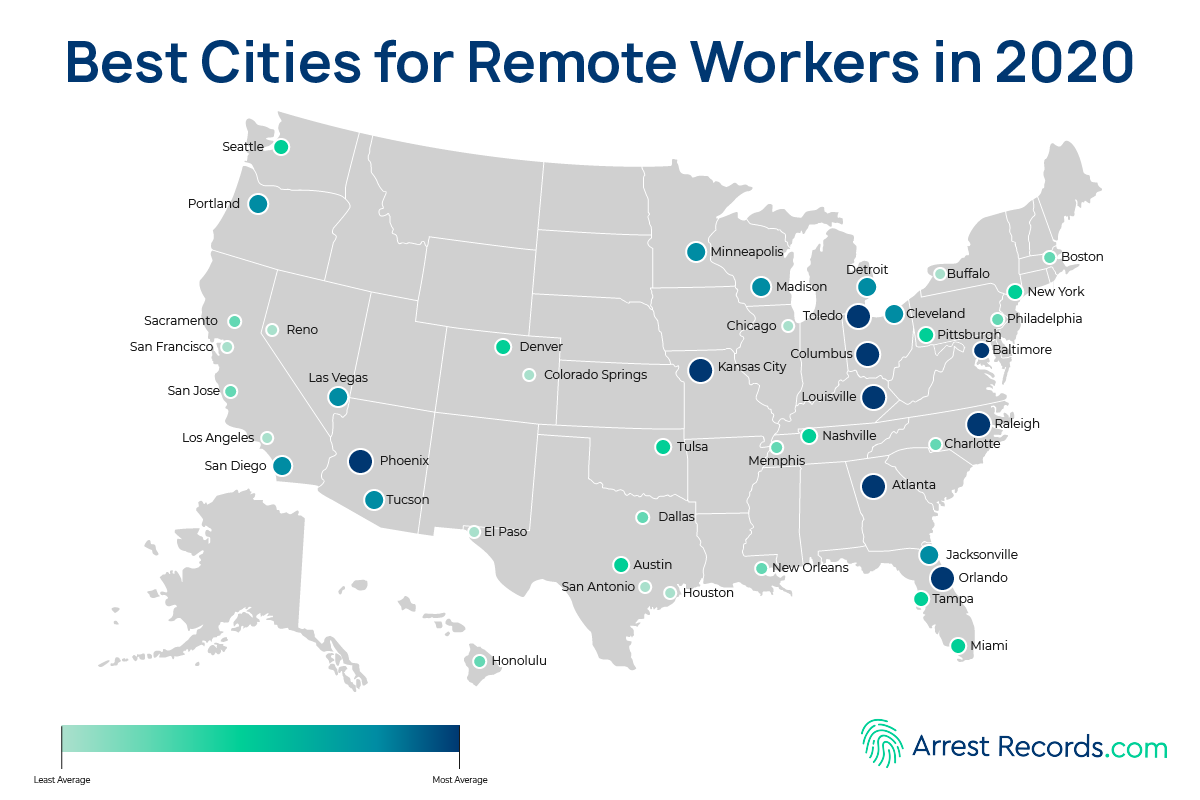Dear Commons Community,
The K-12 school news in New York yesterday was that 51,000 more students opted for in-person learning during the City’s recent and probably last enrollment period for this school year. This brings the total number of students who have opted to return to in-person classes to 351,000 out of a total of 1 million. Mayor Bill de Blasio and Schools Chancellor Meisha Porter were expecting that larger numbers of students would opt for in-person learning. The local news station, WPIX, has an article on this development in this morning’s edition. My colleague, David Bloomfield, is quoted in the piece. Here is an excerpt.
“Their [de Blasio and Porter] announcement came on the same day that a new Dept. of Education rule went into effect that raises the maximum number of COVID cases allowed before a school has to close. As of Monday, four unrelated cases within a school shuts it down, up from two cases, previously.
The changes made some parents uncomfortable, including Paulette Ha-Healey, an activist with Parents for Responsive Equitable Safe Schools, or PRESS.
“We don’t believe the buildings are safe,” she said in an interview. “Two-thirds of our families who have children enrolled in public school right now have opted to stay remote for over a year.”
What’s more, said Ha-Healey, how the city is handling the in-person situation currently, doesn’t boost her confidence about the next school year.
“The pompousness of thinking that it’s going to change come September is delusional, and reckless, and harmful,” she said.
The mayor and schools chancellor said that they think most families have gotten used to learning remotely, and that’s why they chose, by and large, not to change to in-person instruction this school year.
David Bloomfield, a professor of educational leadership, law and policy at Brooklyn College, agreed that many families have chosen to continue remote instruction because they’re used to it.
“You don’t know, day to day, whether the school will be live or remote” due to COVID-19 closures so far this year, he said.
Bloomfield added that neither the city nor families should assume that the new school year will be an easy transition from the situation in place now.
“We’re still going to be in some sort of limbo,” he cautioned. “If there are degrees of limbo, with the limbo bar going up and down, that’s the way it’s going to be, come the fall.”
For now, some New York public school parents who’ve chosen to have their children attend school in person, said that schools are doing their best to meet their needs.
Marlene Beltran is the mother of a kindergartener in East Harlem. She said that his school is diligently taking precautions.
“Like taking the distance, and cleaning everything for them,” she said.
Lindsay Malanga has two sixth grade children in public school on the Upper East Side, and is herself an educator. She said that while she feels good about her family’s decision to send the children to school in person all year, their schools have had to shut down multiple times due to COVID-19. She also said that the city needs to better understand that not every family is like hers, and that remote learning, or a hybrid of remote and in-person learning, may be better for some families. She said the need is particularly strong as the city looks ahead to summer school, and next school year.
“The city needs to be creative and figure out a way to provide even more choice to families, and make them all high quality choices,” she said.
Dr. Jay Varma, the mayor’s senior medical advisor, said that the city needs to ensure it’s aware of parents’ needs, even as the overall situation for in-person schooling evolves.
“We’re going to see more eligibility, [and] availability for vaccines,” Varma said. “We also need to continue to listen, and try to understand and address the concerns of people who still are worried later on.”
The 51,000 students who’ve chosen to transition to in-person instruction will be added to the rolls of about 350,000 students who are already learning in-person at least a couple of days per week. At least 650,000 students have chosen to remain all-remote. The group of students being added to the in-person roster will return to classrooms on April 26, according to the mayor.
The new influx of students is not expected to impact the number of days per week that current in-person students are scheduled to be in the classroom, de Blasio said.
Friday marked the final day for families to choose to send their children back to school buildings for the remainder of the academic year.
De Blasio had announced the new opt-in period in March after the Centers for Disease Control and Prevention relaxed guidelines for social distancing in classrooms, allowing students to sit 3 feet apart.
The revised COVID-19 recommendations represented a turn away from the 6-foot standard that forced many schools to remove desks from classrooms, stagger scheduling and take other steps to keep children away from one another.
Chancellor Porter said there are still about 28,000 teachers with health accommodations or exemptions that allow them to work from home because of COVID-19, which also impacts the city’s ability to fully bring students back to classrooms.
“We’re working to reset for next year. We are in a very different place than we were a year ago today, and so we’re looking forward to resetting what our system looks like with our staff members coming back,” Porter said.
When asked about the next academic year, de Blasio said he expects “an entirely different environment” as more New Yorkers get vaccinated against COVID every day.
‘So, we’ll be resetting all the rules as we go into the next school year,’ he added.”
I believe that New York City as well as many other school districts across the country are finding that until parents feel completely assured about the safety of the schools, they would rather have remote instruction for their children. This will continue to be the case at least through the 2021-2022 school year.
Tony









